The beauty of the river at nightfall…
As the sky slowly darkens and lights from lamps, buildings, boats and bridges begin to glow, the ever-changing river sparkles into nightlife mode. A magical time.
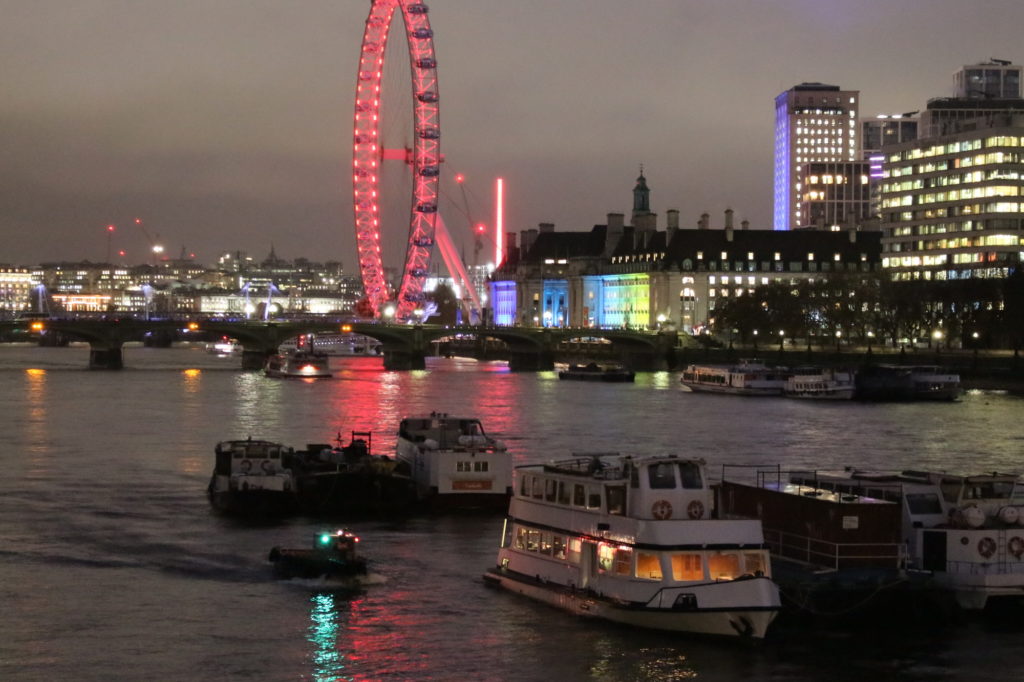
Party boats are spruced up for the evening before collecting their passengers, while the usual traffic of Thames clippers, tugs and barges carries on with normal work.
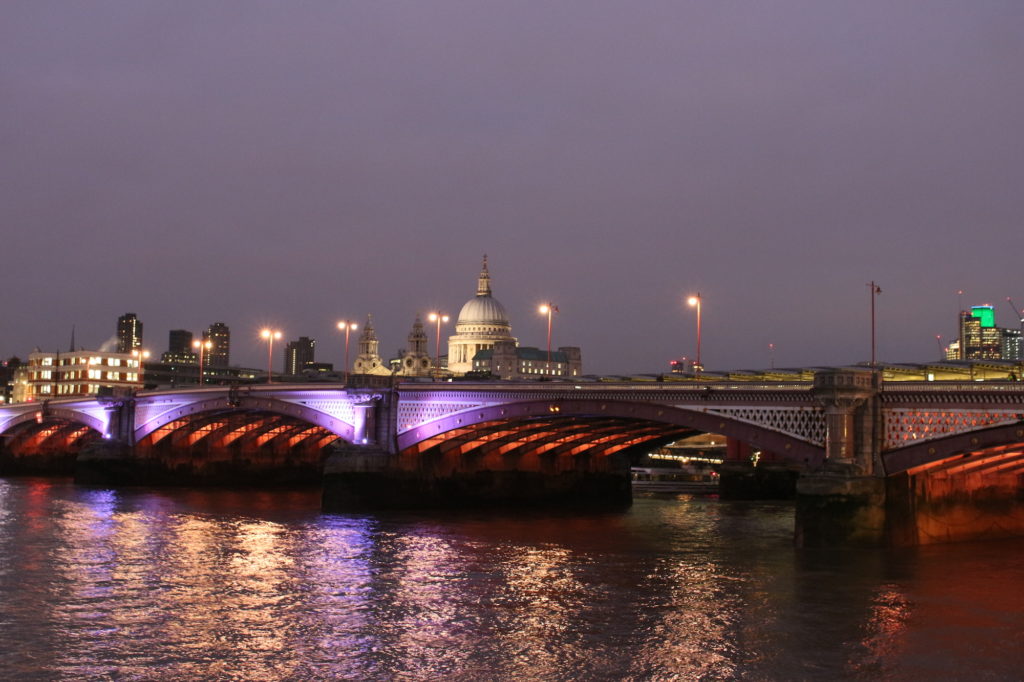
The water around Blackfriars Bridge, the red chunky, abandoned pillars of an earlier bridge, and Blackfriars rail bridge is beguiling, lit by reflected lights that swirl and dance in the dangerous currents. Further downstream just beyond the Blackfriars bridges, you’ll see the discreetly lit Millennium Footbridge. It’s the first of four Thames bridges to be illuminated this year in a project designed by Leo Villareal for the Illuminated River art commission. It’s difficult to capture in a still photograph as the thin blades of white light are in constant movement through the sections across the bridge but if you’re there, it’s lovely to watch.
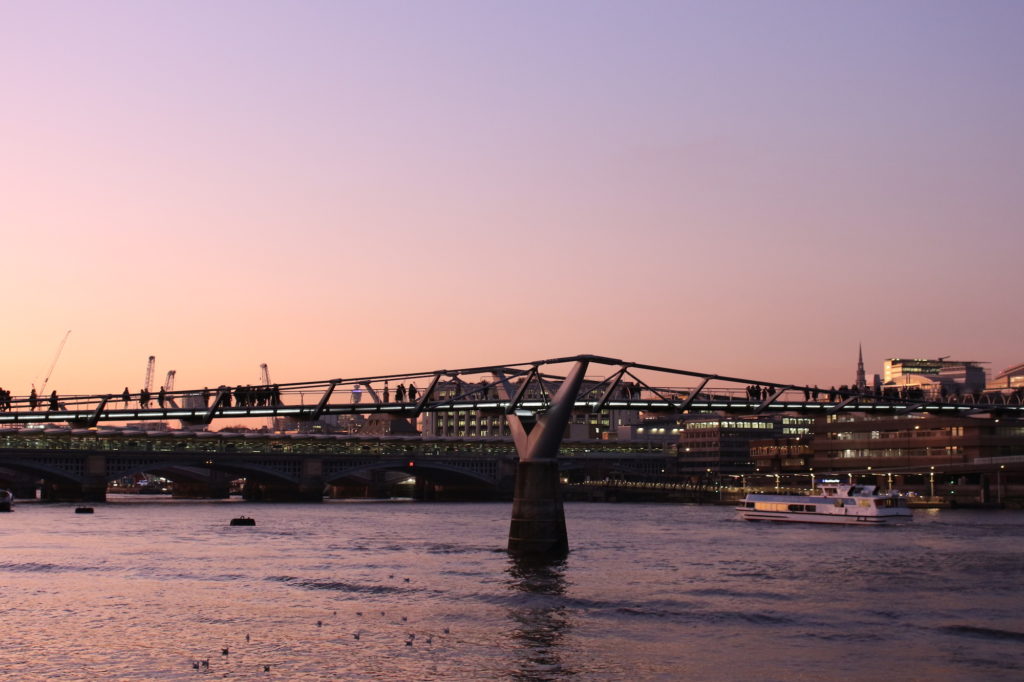
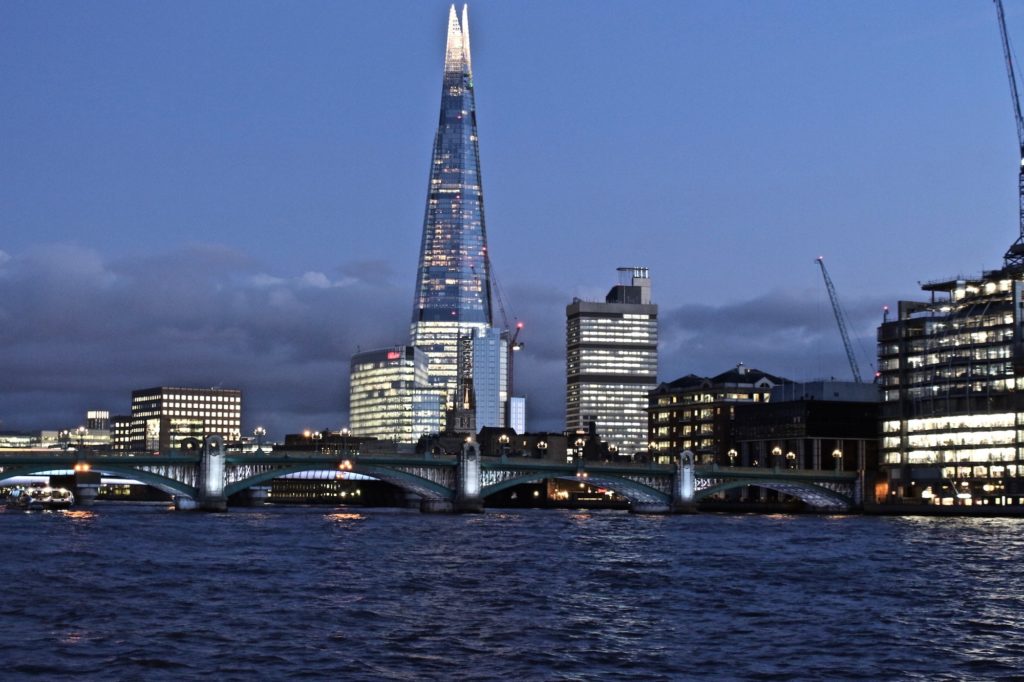
If you turn to look downstream from the Millennium Bridge to Southwark Bridge, and wait awhile, you will see the colours slowly changing.
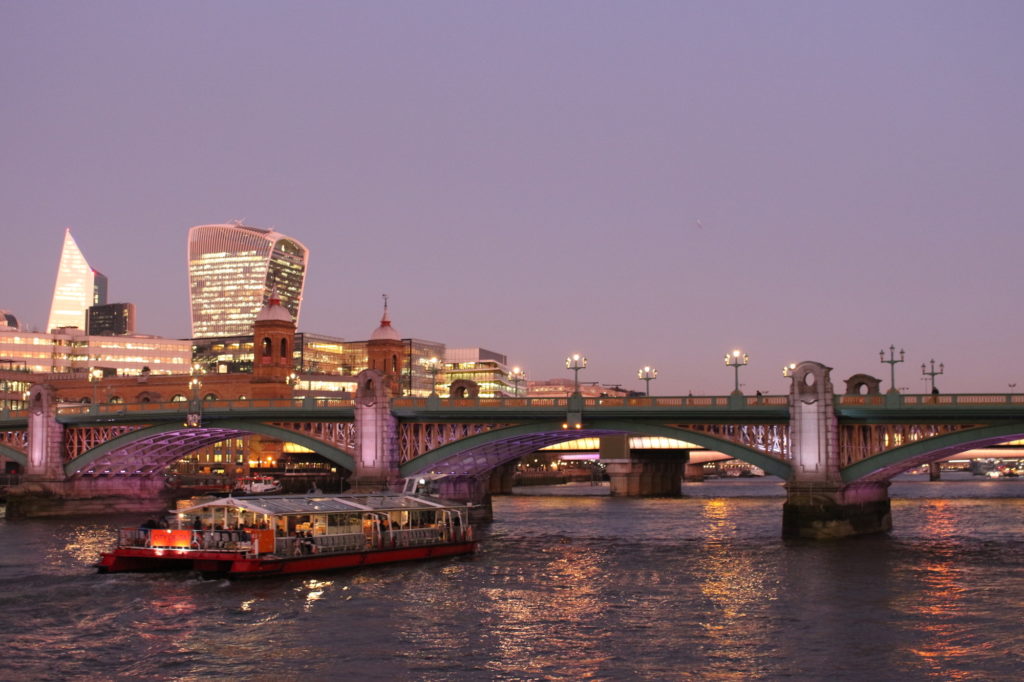
And onward from Southwark Bridge, is the third of the illuminated bridges, Canon Street railway bridge, again with subtly changing colours.
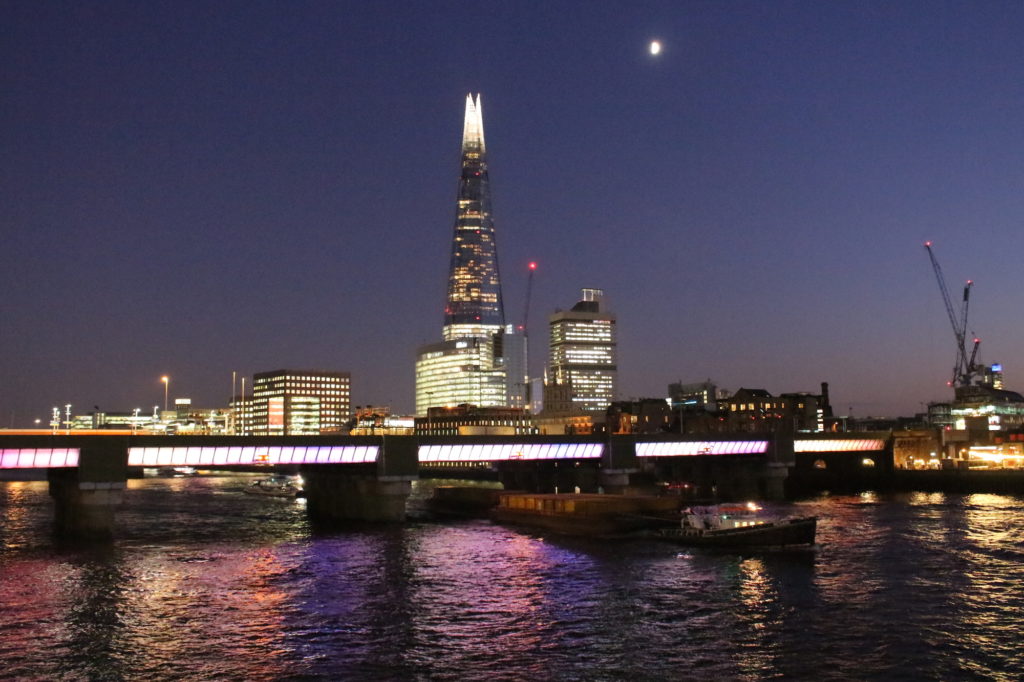
As I walk across Southwark Bridge beneath a darkening sky, a tug towing a barge with empty waste containers passes beneath Cannon Street Railway Bridge, bound for collection points upstream. The diversity of river traffic means that safety for all river users is vital and there have been several improvements in the last three decades.
Movements of freight traffic and passenger vessels are overseen by the London Vessel Traffic Services, VTS, part of the Port of London Authority, who are responsible for the management and safety of navigation along the tidal Thames. So, out on a walk, you will see commercial boats, tugs and tourist boats, as well as a variety of small boats. In 2007, the Port of London Authority introduced an automatic identification system, Thames AIS, so that larger vessels and tugs, towing or pushing, have now to be equipped with a screen showing where other boats are on the river. This is particularly useful for the central London Thames, where “visibility is often obscured by bridges and other obstacles.”
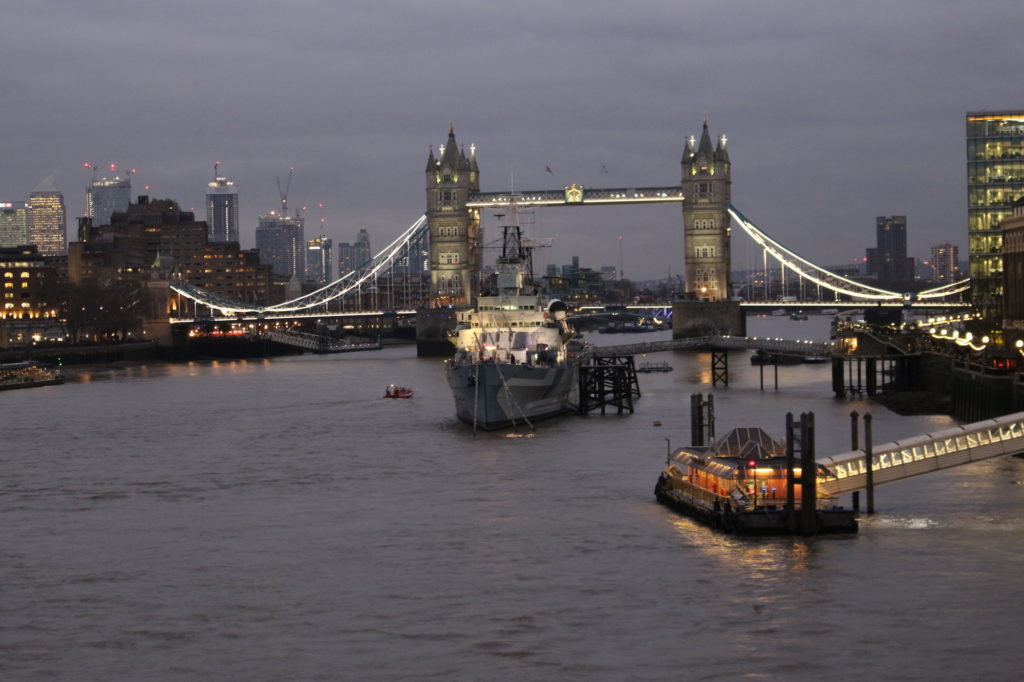
Another important safety feature of the tidal Thames is the twenty-four hour presence of the highly-trained Royal National Lifeboat Institution, RNLI, crews in four stations along the river from Teddington to Gravesend. Their arrival is relatively recent and came about after the tragic sinking of party boat the MARCHIONESS on August 28, 1989. Fifty-one young people including the Skipper, were drowned after the dredger BOWBELLE rammed her twice near Southwark Bridge, sinking her with frightening speed. Rescues were carried out by Police launches and sister party boat the HURLINGHAM, who between them managed to save eighty people. As a result of the findings of the Thames Safety Inquiries that followed, it was agreed that there should be a permanent presence of the RNLI on the tidal Thames. After some discussion and delay, this was finally achieved in 2002.
Figures from December 8, passed on to me by Paul Dunt of the RNLI show that since they came to operate along the Thames, the four Stations have launched 14,448 times, saved 587 lives, and aided 5,017 people.
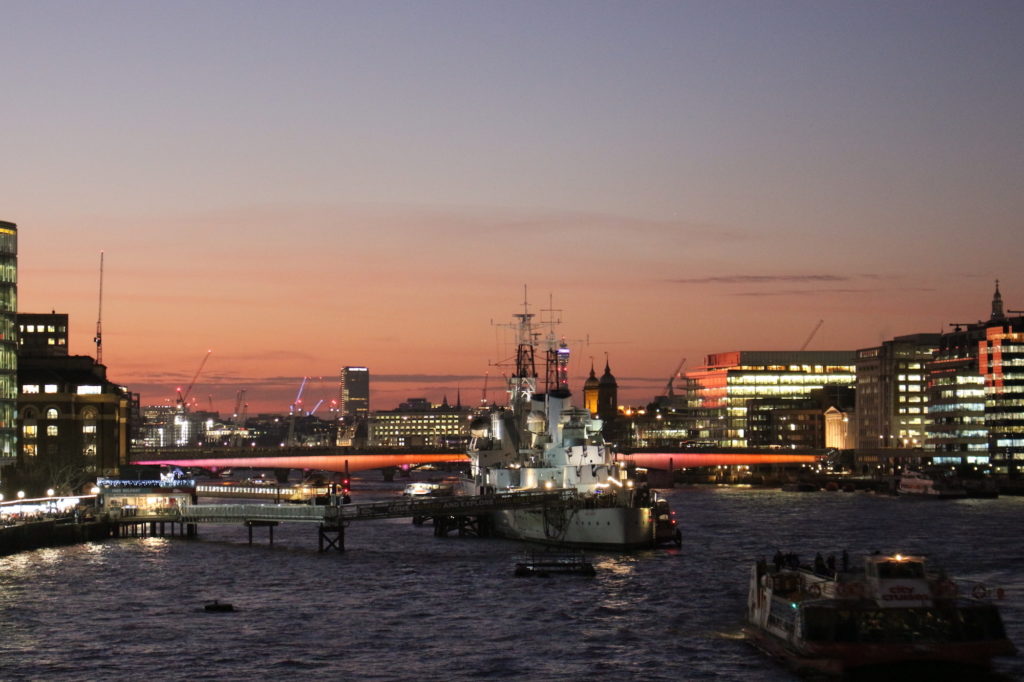
London Bridge is the fourth bridge to be illuminated this year, and like the other bridges, its colours quietly merge and change.
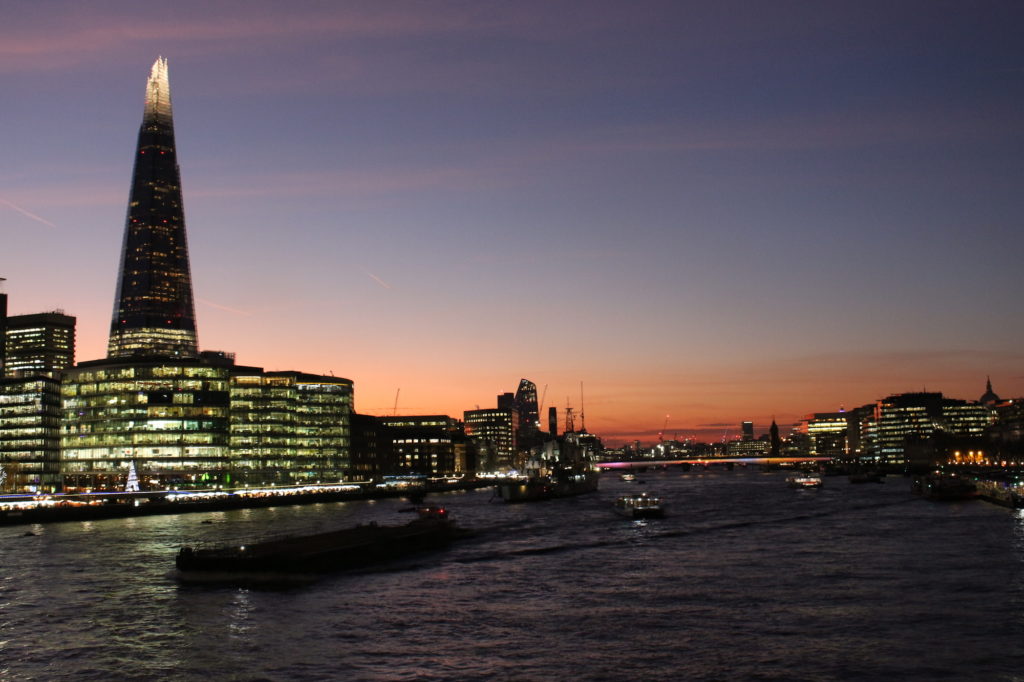
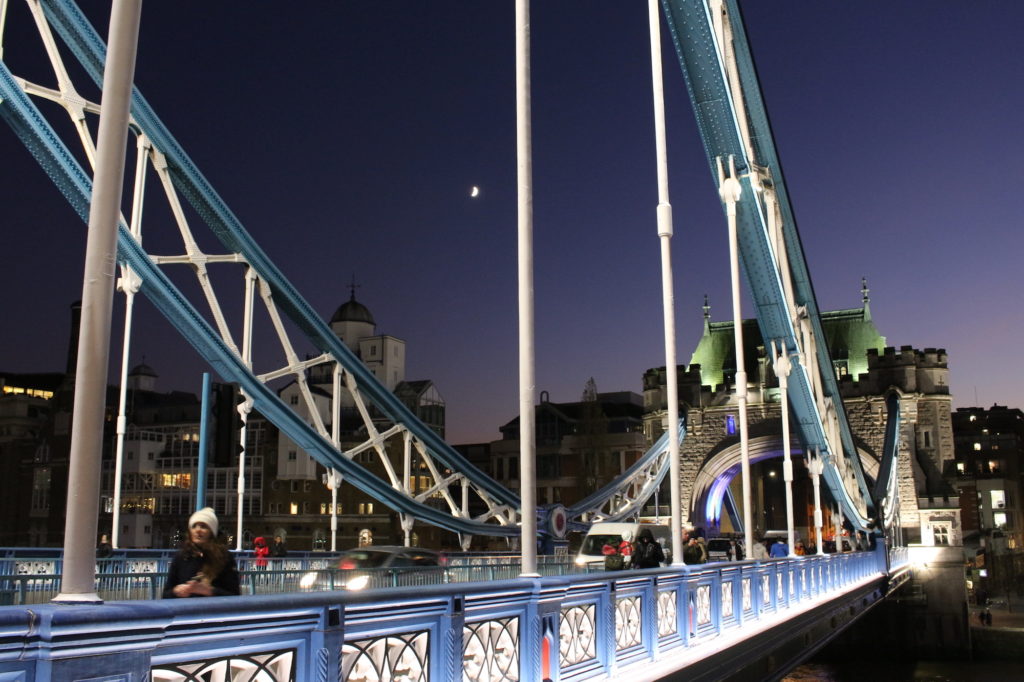
Alongside the beauty of the night-time river lies the ever-present threat of danger. Swift-flowing currents can sweep away those who accidentally, or deliberately, end up in the water, and the recent terrorist attacks on Westminster and London Bridges have left emotions raw.
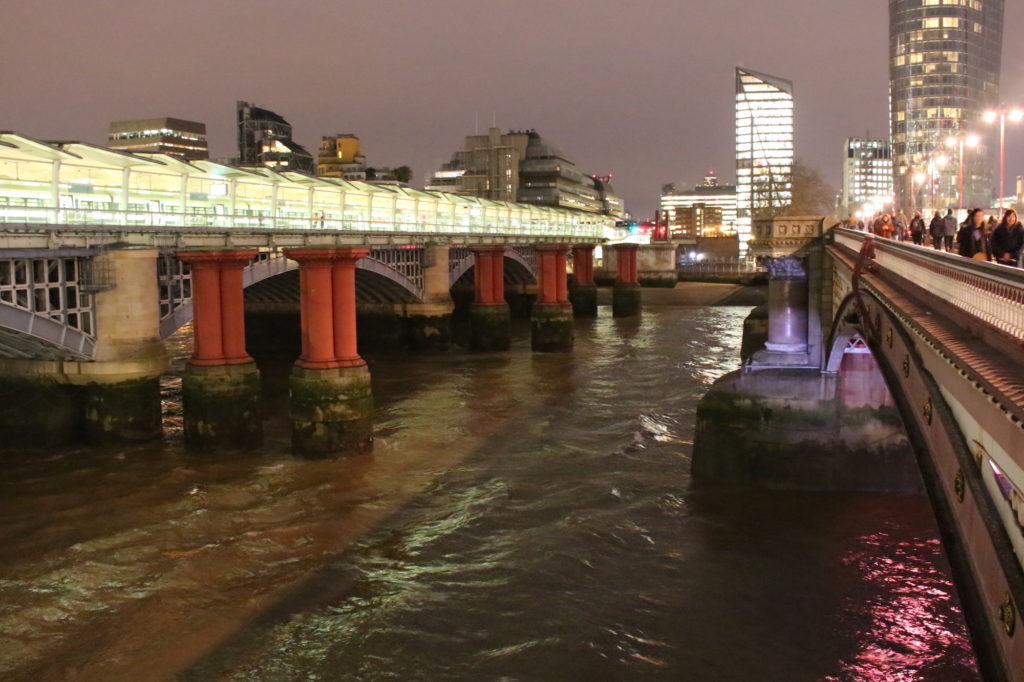
However, life must go on and there is some comfort in knowing that there are those who are on permanent standby to assist in an emergency: the launches of the Marine Policing Unit, the RNLI based at four stations along the tidal Thames, and the London Fireboats based at Lambeth. Depending on the type or place of an incident, others may come to help as well as there is a shared understanding and bond between those who work regularly along the river. And with the advent of mobile phones, anyone concerned about another person, or witnessing an accident, can swiftly dial 999 for help and ask for the Coastguard. Many lives, once lost in the past, have been saved by the quick reaction of the public calling for help.
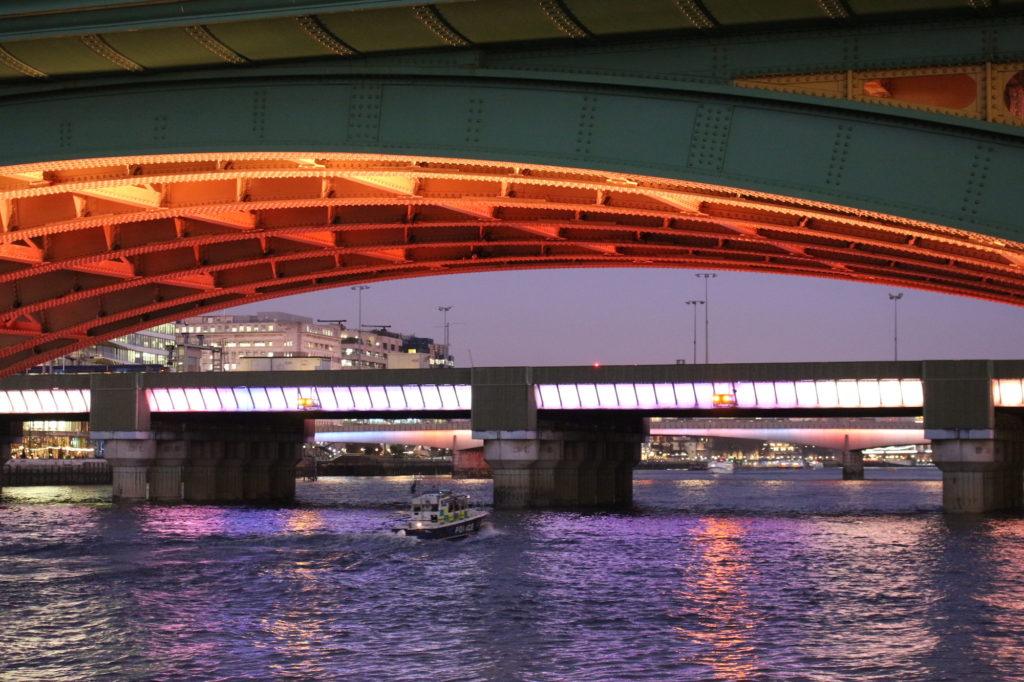
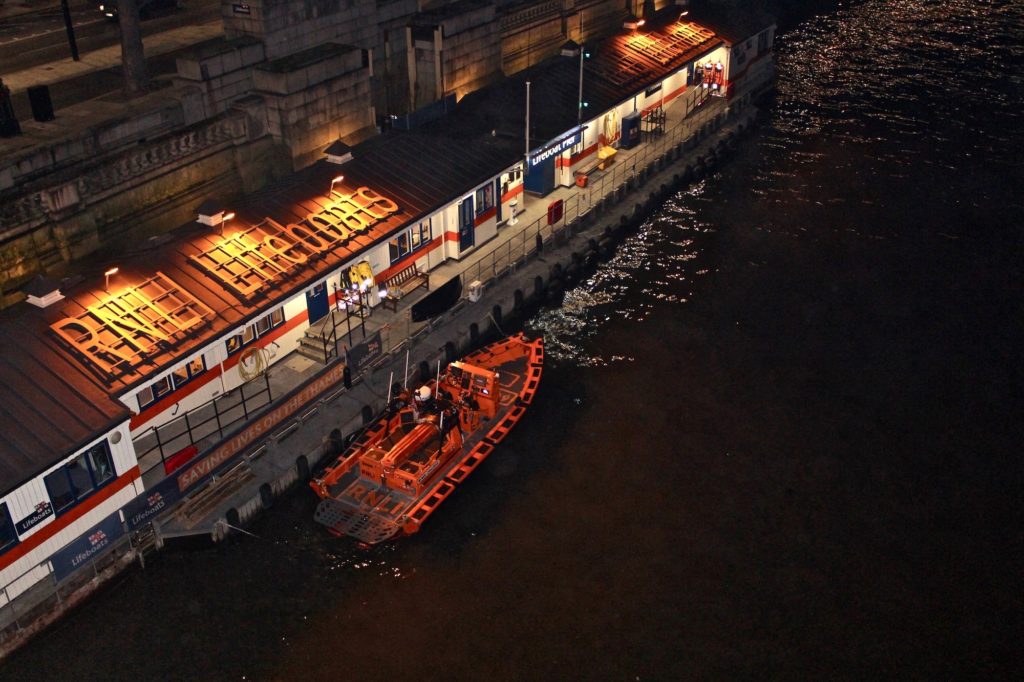
Our thanks must go to all those ready to come to our aid.
You can find out more about their work by following:
Thames RNLI stations on Twitter: @rnli_teddington; @ChiswickRNLI; @TowerRNLI; @GravesendRNLI
and the MPS Marine Policing Unit on: @MPSonthewater
For all information concerning regulations on the river see: The Port of London Authority.